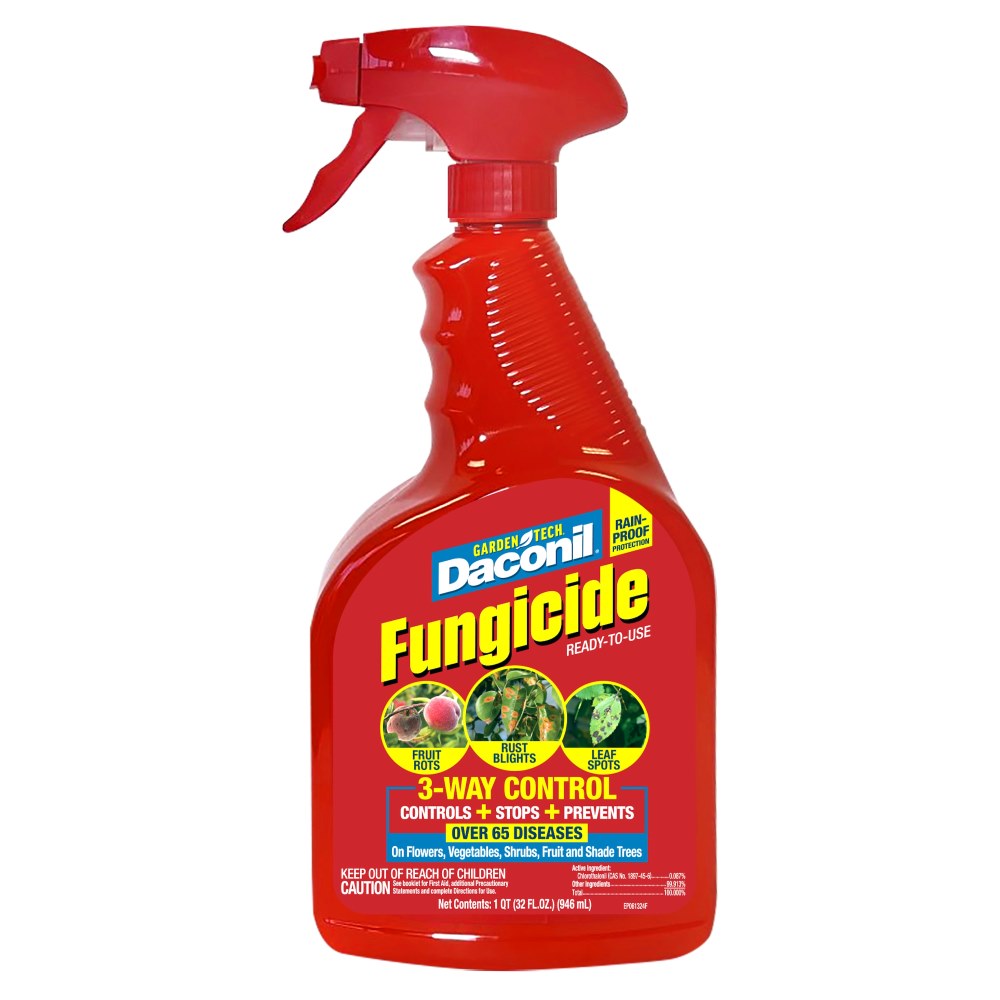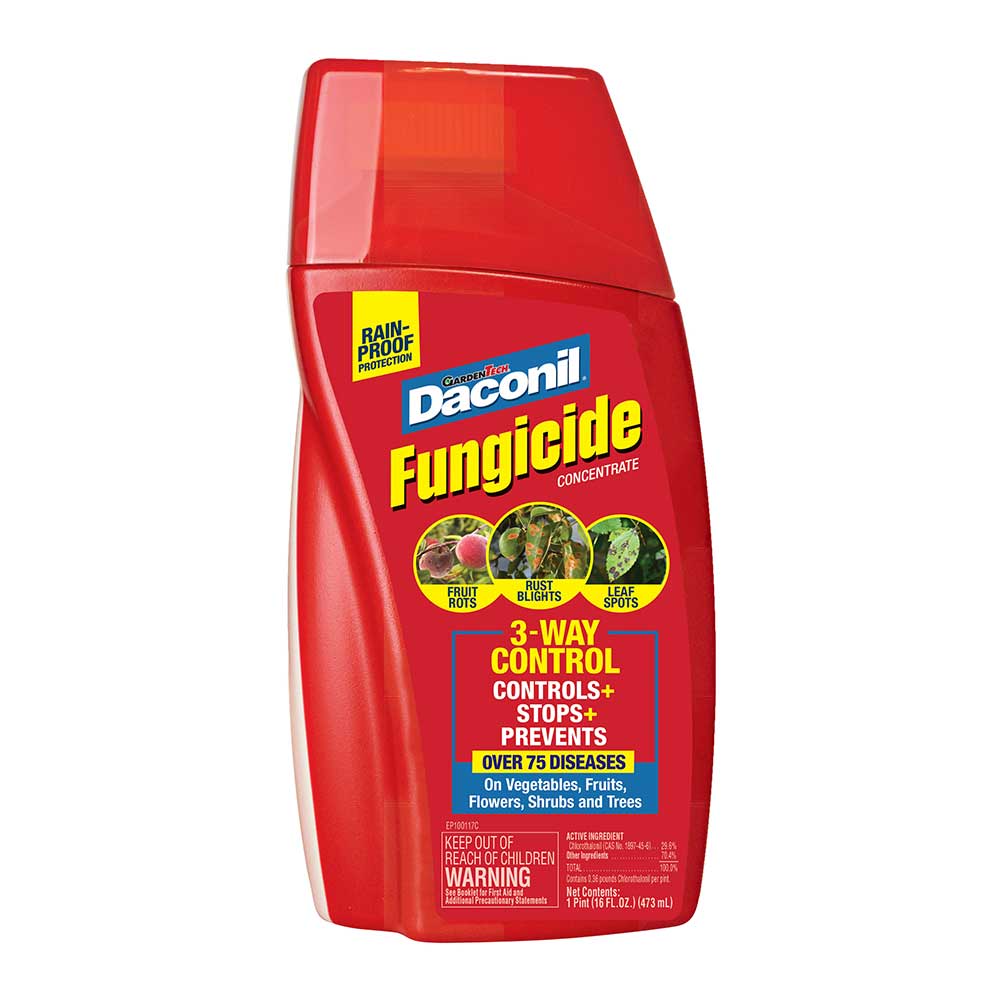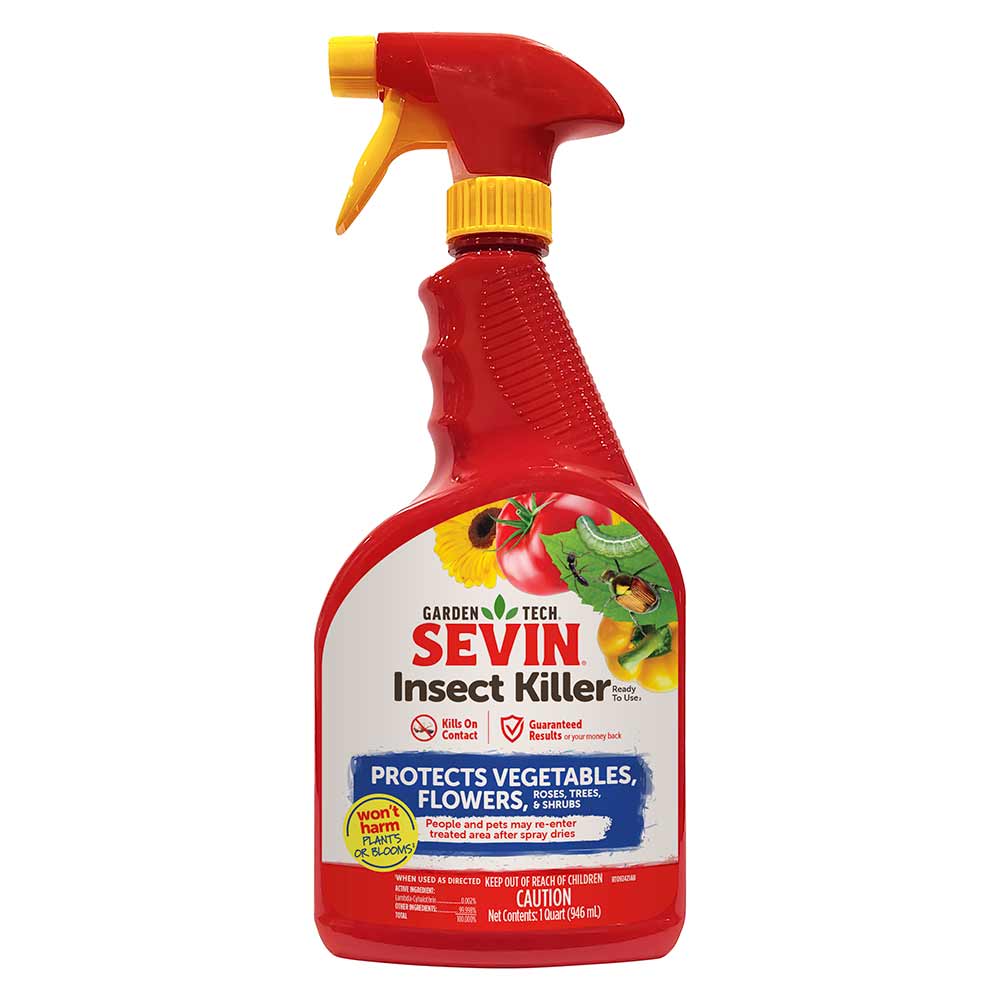Early Blight
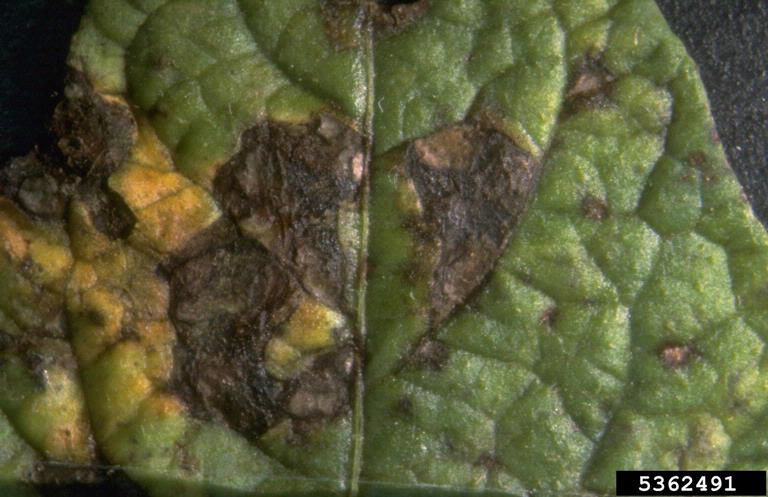

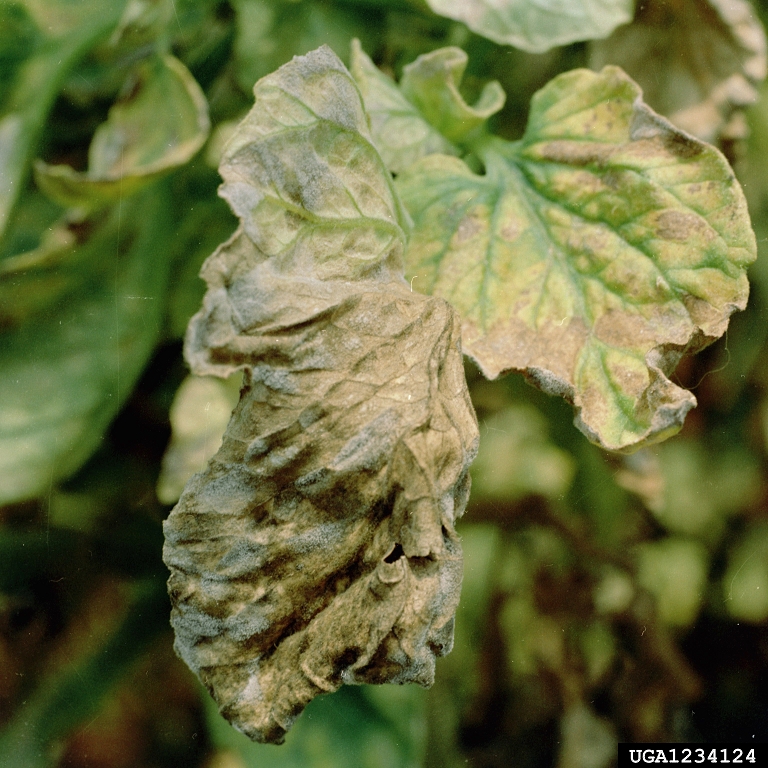
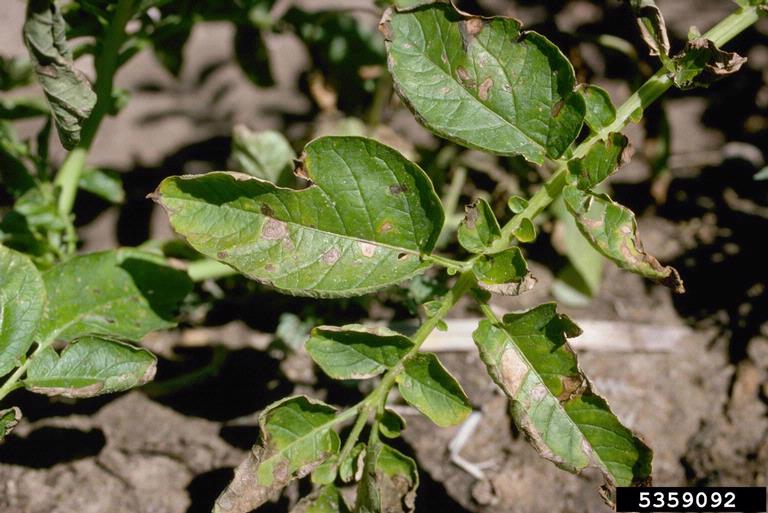
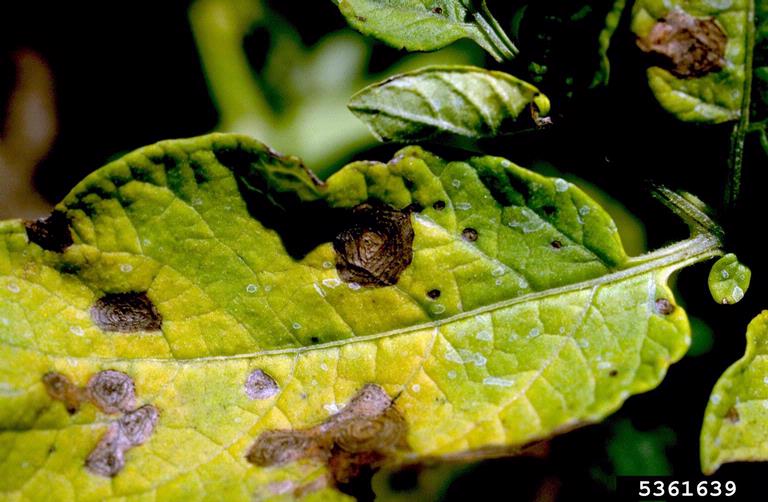
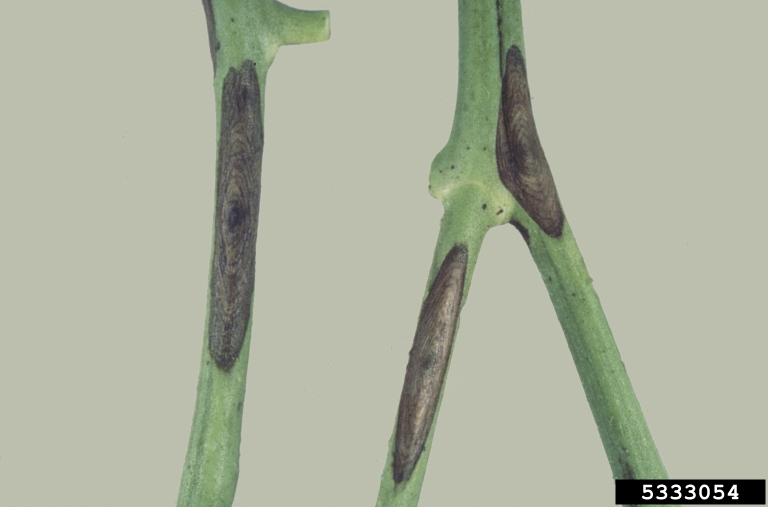
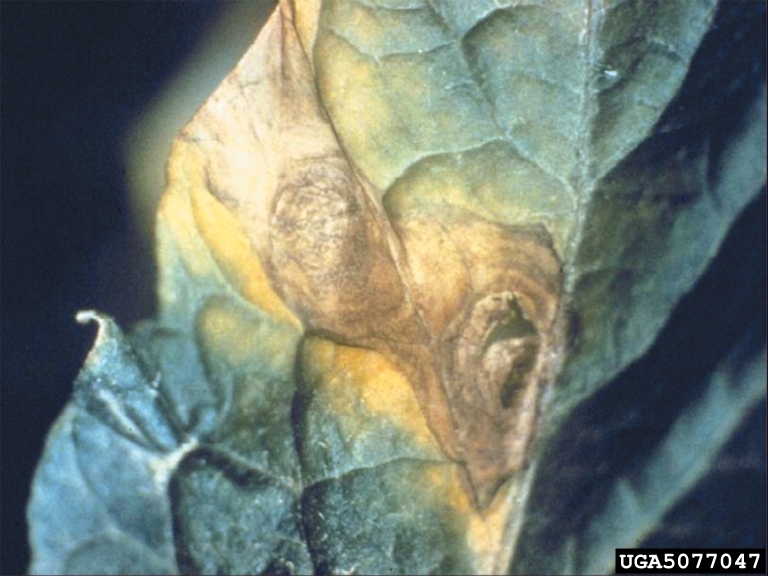
When most gardeners hear "early blight," the first thing that comes to mind is the fungal leaf blight that strikes tomatoes. As with other tomato blight diseases, early tomato blight affects other tomato family members, including potatoes. Early tomato blight flourishes in warm, moist, crowded gardens. When conditions are right, it spreads rapidly and targets weak plants first.
Early blight fungi live in soil and persist on infected, decomposing plant debris. The spores spread primarily by wind and splashing water from rain or irrigation. Flea beetles help spread early blight as they feed on plants, and wet garden tools can transfer disease from plant to plant as well. Though early blight is primarily a leaf-spotting disease, it sometimes affects stems and fruit.
Early Tomato Blight Identification/Symptoms: While this form of blight happens early compared to the tomato disease known as late blight, the first symptoms often don't appear until fruit forms. Leaf spots show first on the lowest, oldest leaves and advance toward the top.
Early blight spots start as irregular brown spots that grow in target-like rings around a bulls-eye of dead tissue. The surrounding leaf turns yellow, then brown, then falls from the plant. Affected fruit show cracks or sunken spots near the stem. Unlike anthracnose's water-soaked spots, early blight lesions appear dry or leathery.
How to Control Early Tomato Blight: Once early blight becomes active, it's important to move fast and protect healthy tissue from its devastating spread. GardenTech® brand's Daconil® fungicides stop, control, and prevent early tomato blight and more than 65 other fungal diseases.
Treat tomato plants early in the season, as soon as soon weather conditions favor early blight. Then maintain control with treatments every seven to 10 days. With these Daconil® products, you can treat early blight right up to tomato harvest day:
- Daconil® Fungicide Ready-To-Use treats individual tomato plants in containers or smaller garden spaces. Avoid spraying tomatoes during extremely hot, sunny weather or when they're stressed by water loss or heat.
- Daconil® Fungicide Concentrate, for hand-held, hose-end or tank-style sprayers, suits larger plantings. The convenient measuring cap makes it easy to get just the right amount of concentrate to treat your tomato patch thoroughly and effectively.
If flea beetles are feeding on your tomatoes, you'll need to treat them, too. Sevin® Insect Killer Ready To Use2 kills flea beetles and more than 700 other listed pests, without harming plants or blooms.
Always read product labels thoroughly and follow instructions, including guidelines for treatable plants and pre-harvest intervals (PHI) for edible crops.
GardenTech is a registered trademark of Gulfstream Home and Garden, Inc.
Daconil is a registered trademark of GB Biosciences Corp.
Sevinis a registered trademark of Tessenderlo Kerley, Inc.
Photo Credit:
Robert Wick, University of Massachusetts, Bugwood.org (CC BY 3.0 US)
Clemson University - USDA Cooperative Extension Slide Series, Bugwood.org (CC BY 3.0 US)
David B. Langston, University of Georgia, Bugwood.org (CC BY 3.0 US)
Howard F. Schwartz, Colorado State University, Bugwood.org (CC BY 3.0 US)
Howard F. Schwartz, Colorado State University, Bugwood.org (CC BY 3.0 US)
Howard F. Schwartz, Colorado State University, Bugwood.org (CC BY 3.0 US)


